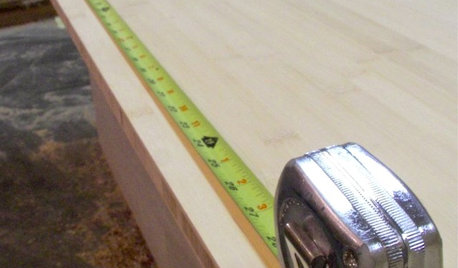Newbie here- Magnolia bog question
beth11
19 years ago
Related Stories

WOODWORKING7 Must-Have Measuring Tools for Woodworking
Whether you're a newbie DIYer or building cabinets from scratch, using the right woodshop tools makes all the difference
Full Story
GARDENING GUIDES10 Solutions for Soggy Soil
If a too-wet garden is raining on your parade, try these water-loving plants and other ideas for handling all of that H2O
Full Story
GARDENING GUIDESGarden Myths to Debunk as You Dig This Fall and Rest Over Winter
Termites hate wood mulch, don’t amend soil for trees, avoid gravel in planters — and more nuggets of garden wisdom
Full StoryMore Discussions







lycopus
beth11Original Author
Related Professionals
La Marque Landscape Architects & Landscape Designers · Wixom Landscape Architects & Landscape Designers · Edwardsville Landscape Contractors · Laguna Hills Landscape Contractors · Hawaiian Gardens Landscape Contractors · Shirley Fence Contractors · Glenview Fence Contractors · West Jordan Fence Contractors · Castle Rock Siding & Exteriors · Chesterfield Siding & Exteriors · Derry Siding & Exteriors · Littleton Siding & Exteriors · New Lenox Siding & Exteriors · South Laurel Siding & Exteriors · Lansing Siding & Exteriorsbeth11Original Author
lycopus
sam_md
beth11Original Author
lycopus
Elaine_NJ6
beth11Original Author